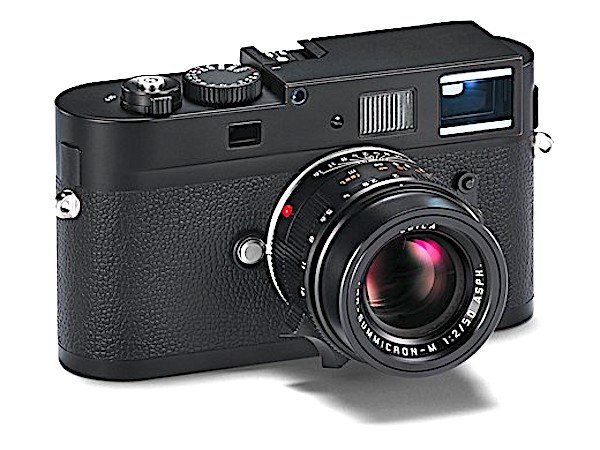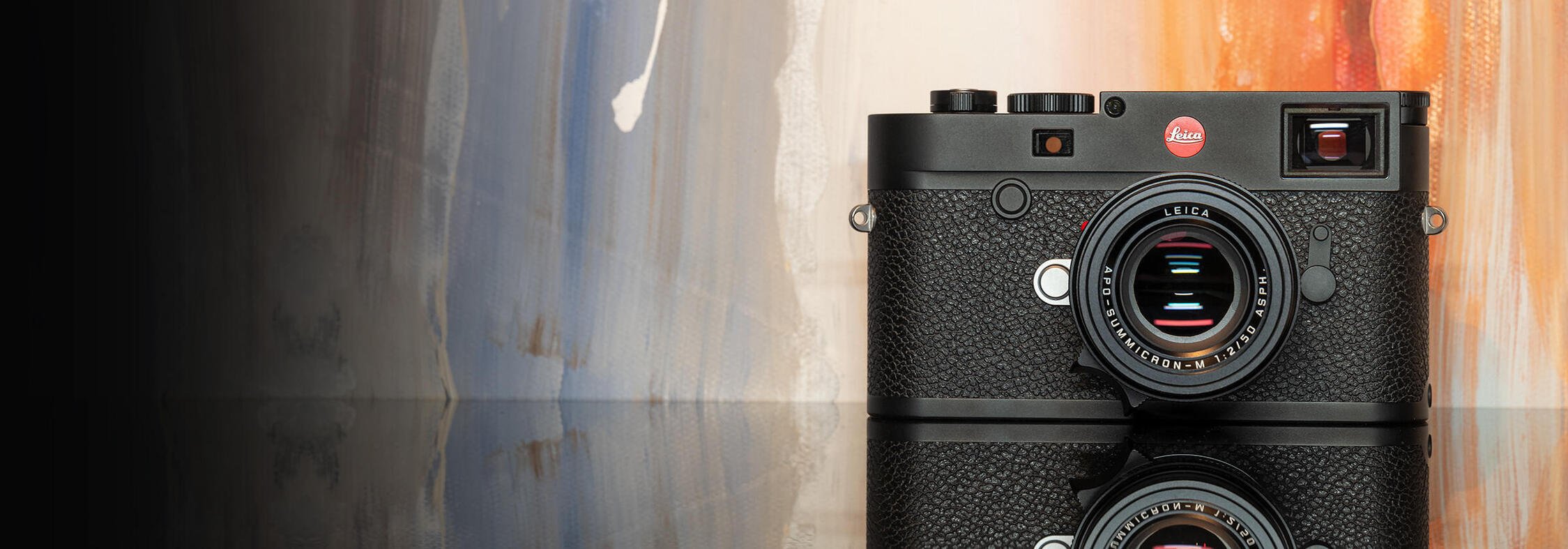The Evolution of the Leica M10 Monochrom
The incredible saga of the black-and-white-only digital Leica M
Leicas have been synonymous with photojournalism and street photography for well over a century, beginning with Oskar Barnack’s charming vignettes of street scenes in Wetzlar captured on black & white film with his prototype Ur-Leica. Given that context it’s hardly surprising that Leica was the first manufacturer to bring forth a black & white-only digital camera, the original Leica M Monochrom of 2012. Indeed, it’s doubtful that any other camera company could have successfully launched a digital camera that can’t take pictures in color or shoot movies, but Leica had the heritage and the technical creds not only to make it a viable product, but also one worthy of future development.
The original Leica M Monochrom unveiled on 10 May 2012 is closely based on the Leica M9, and aside from the sensor, its features and form factor are the almost the same. Both bodies are thicker than a classic analog M, and both incorporate full frame 18MP Kodak CCD sensors. However, the sensor in the M Monochrom omits the Byer pattern color filter array. This results in its improved light capture efficiency, making the monochrome sensor one stop faster, with a native ISO of 320, and with a much higher SNR (signal-to-noise ratio). Leica claimed that the monochrome images it delivered were 100% sharper than those captured with a comparable color sensor. That’s because the modified sensor obviates the process of “demosaicizing” required with a Bayer-pattern color sensor, capturing a true luminance value at each pixel point. This also enhances the tonal gradation of the black and white images, an advantage praised by reviewers and users alike. Fascinating factoid: During the camera’s design and development phase the project was nicknamed “Henri” in honor of Henri Cartier-Bresson, but Leica Camera AG wisely decided to name the camera the Leica M Monochrom, which may be less colorful, but is a lot more market savvy.
The Monochrom M (Type 246)
The successor to the original M Monochrom was the Leica M Monochrom M (Typ 246) released on 30 April 2015. It employs an upgraded full frame 24MP CMOS sensor and is essentially the monochrome version of the Leica M (Typ 240) minus, of course, the Bayer pattern color filter array. Aside from providing higher resolution, it also offers a higher top ISO setting of 25,000 (up from ISO 10,000) a larger, higher-res 3-inch 921k-dot LCD that provides live view shooting, a focus peaking display, and a 10X magnification option, - and glory be, full HD video recording. The Typ 246 is a much more capable camera than the original Monochrom M, but its sensor was still based on an existing full color sensor, not one specifically developed for monochrome capture.
The Leica M10 Monochrom
It took nearly 5 more years, until January 2020, for Leica to bring forth the flagship of the Monochrom line, the current Leica M10 Monochrom, but it was well worth the wait. Based on the transitional 24MP Leica M10-P Monochrom introduced in 2018, it’s the best performing monochrome Leica M to date. Featuring a new 40.89 MP full-frame (24x36 mm) CMOS sensor specifically designed for this model, mated to a state-of-the-art Maestro II Image Processor, it delivers a wider dynamic range by eliminating the typical low-pass filter and achieves greater sharpness and resolution than any previous Monochrom. The sensor’s native sensitivity has been lowered by one stop to ISO 160 instead of ISO 320 as before, but it now can capture images at up to an astounding ISO 100,000, which is far more important for low light shooting, and one stop higher than the M10-P, which tops out at ISO 50,000. The M10 Monochrom’s shutter speed range extends from 16 minutes to 1/4000 sec, and the camera is currently available only in a natty black finish.
In keeping with all previous Monochrome Leicas, the M10 Monochrome sensor omits the Bayer-pattern RGB color filter array, which means it can only record intensities of light (luminance) in black and white. The elimination of the Bayer pattern layer means the sensor can receive a greater percentage of the incoming light, which not only increases its maximum sensitivity to ISO 100,000, but also significantly reduces noise at high ISOs, and enables the sensor to capture and differentiate finer detail since it doesn’t require interpolation. The only noteworthy technical “downside” of the latest and best of the Monochromes—it has no video mode, thankfully an omission not high on the “must have” lists of Monochrom shooters.
The Leica M10 Monochrom is the third major iteration of the Monochrom concept—the sole black-and-white-only, full-frame, system camera supported by a full range of world class Leica M-mount lenses and accessories. In fact, Leica is the only brand offering 35mm non-medium-format monochrome cameras (The Phase One IQ4 Achromatic, a 150M modular medium format monochromatic camera, is priced at a blistering $47,990!). Ironically, the Leica M10-R, the full color capture flagship of the elite M10 series, debuted in July 2020, 7 months after the M10 Monochrom. It evidently employs the same lowpass-filter-free 40MP CMOS sensor as the M Monochrom, but with the Bayer pattern color filter array. It also adds Wi-Fi connectivity but is “video free” just like its M10 Monochrom counterpart. You can buy either one of these exquisite creations for the impressive sum of $8,995.00 body only. Both are available in a beautiful black finish, but only the “full spectrum” Leica M10-R is also offered in classic satin chrome.
Is the M10 Monochrom the last word from Leica on black and white cameras? Yes, for now, but we would not be surprised to see a more advanced Monochrom based on the Leica M11. When and whether that will happen only Leica knows.
Note: Rumors now circulating on the internet suggest that the Leica M10 Monochrom will soon be superseded by an upgraded Leica M11 Monochrom, code named "Rene." Specs and release date to be announced.





